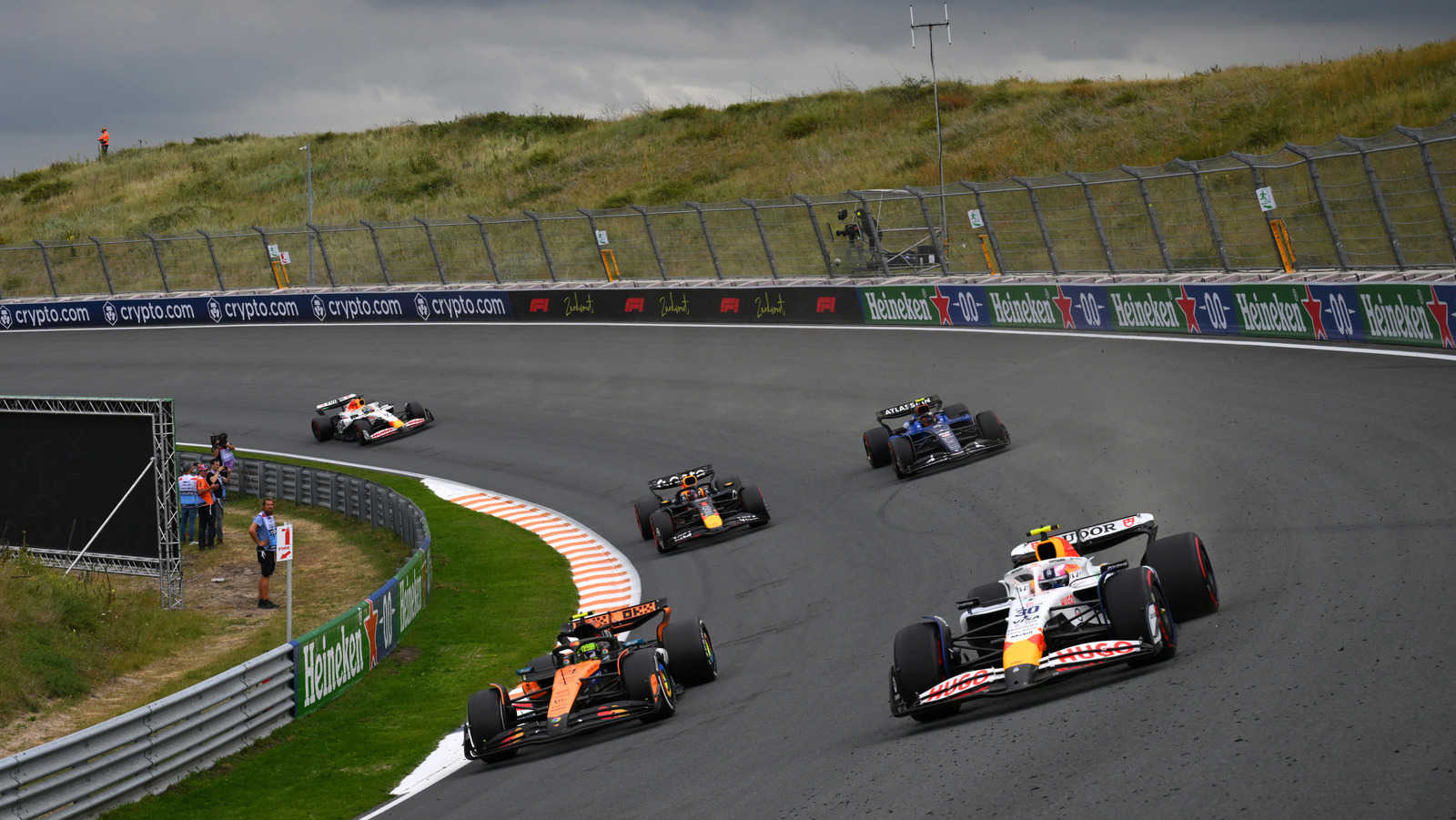Why Don’t We See More Banked Corners in Formula 1?
If you’ve ever watched a vintage Formula 1 race, you might’ve noticed those dramatic, steeply angled corners—banked turns that look more like rollercoaster tracks than racetracks. They’re thrilling to watch, and drivers used to push their cars to the absolute limit on them. So why have these iconic features all but disappeared from modern F1 circuits?
What Makes Banked Corners So Exciting for Drivers and Fans?
Banked corners aren’t just visually impressive—they fundamentally change the dynamics of a race. When a corner is banked, the track surface tilts inward, letting drivers carry much more speed through the turn. The banking helps counteract the lateral forces that would otherwise push the car outward, so drivers can go faster without losing grip. For fans, this means more daring overtakes and edge-of-your-seat action. Think of the legendary Monza banking or the Indianapolis Motor Speedway—moments made for highlight reels.
Why Did Formula 1 Decide Banked Corners Were Too Dangerous?
Here’s the catch: the same physics that make banked corners exhilarating also make them risky. By the late 1960s, F1 cars were getting faster and more powerful, but safety technology hadn’t caught up. The higher speeds on banked turns left almost no margin for error. If a car lost control, it could be launched up the banking and into barriers—or worse, over them. The infamous accidents at circuits like Monza in the 1960s, where cars left the track at terrifying speeds, forced organizers to rethink the wisdom of these features.
In 1969, Formula 1’s governing bodies made the call: banked corners were out for top-level competition. The decision was driven by a string of high-profile crashes and a growing awareness that driver safety needed to come first. Since then, F1 has focused on flat or gently cambered corners, where run-off areas and modern barriers can do their job.
How Have Track Designs Evolved to Prioritize Safety?
Modern F1 circuits are designed with a laser focus on safety. Instead of steep banking, you’ll find wide run-off zones, energy-absorbing barriers, and carefully calculated corner angles. The goal? To keep the racing intense without putting drivers in unnecessary danger. According to the FIA, the number of serious injuries in F1 has dropped dramatically since the 1970s, thanks in large part to these design changes.
That’s not to say banked corners are gone forever. Some newer tracks, like Zandvoort in the Netherlands, have reintroduced mild banking in a controlled way. But these are nothing like the extreme angles of the past. The banking is carefully engineered, and modern safety features are built in from the ground up.
Are There Any Benefits to Bringing Back Banked Corners?
There’s a nostalgic appeal to the old-school banked turns, and some drivers argue that a bit of banking can spice up the racing. It can help cars follow each other more closely and create new overtaking opportunities. But the risks still outweigh the rewards at the speeds F1 cars reach today. Track designers have to balance excitement with responsibility—no one wants to see a repeat of the accidents that led to the original ban.
What Do Experts Say About the Future of Banked Corners in F1?
Most experts agree: while technology has come a long way, the fundamental challenges of high-speed banking remain. Dr. Michael Henderson, a motorsport safety consultant, points out that “the forces involved in modern F1 are simply too great for the kind of banking we saw in the 1960s.” Even with today’s advanced materials and crash barriers, the consequences of a mistake on a steeply banked corner could be catastrophic.
That said, there’s room for innovation. Some engineers are exploring variable banking—corners that change angle along their length—to give drivers more options without pushing safety limits. It’s a delicate dance between tradition and progress.
What’s the Real Impact on Racing and Spectator Experience?
For most fans, the absence of extreme banked corners hasn’t dulled the spectacle of F1. The sport is faster, safer, and arguably more competitive than ever. Modern circuits like Silverstone, Suzuka, and Circuit of the Americas offer their own unique challenges and plenty of wheel-to-wheel action. And when a track does feature a bit of banking, it’s all the more special.
The big takeaway? The story of banked corners in Formula 1 isn’t about nostalgia or lost excitement—it’s about making smarter choices for the future of the sport. Safety and innovation go hand in hand. Try watching a classic race this week, then catch a modern Grand Prix. You’ll see: F1’s magic isn’t in the banking—it’s in the relentless pursuit of better, safer racing.


